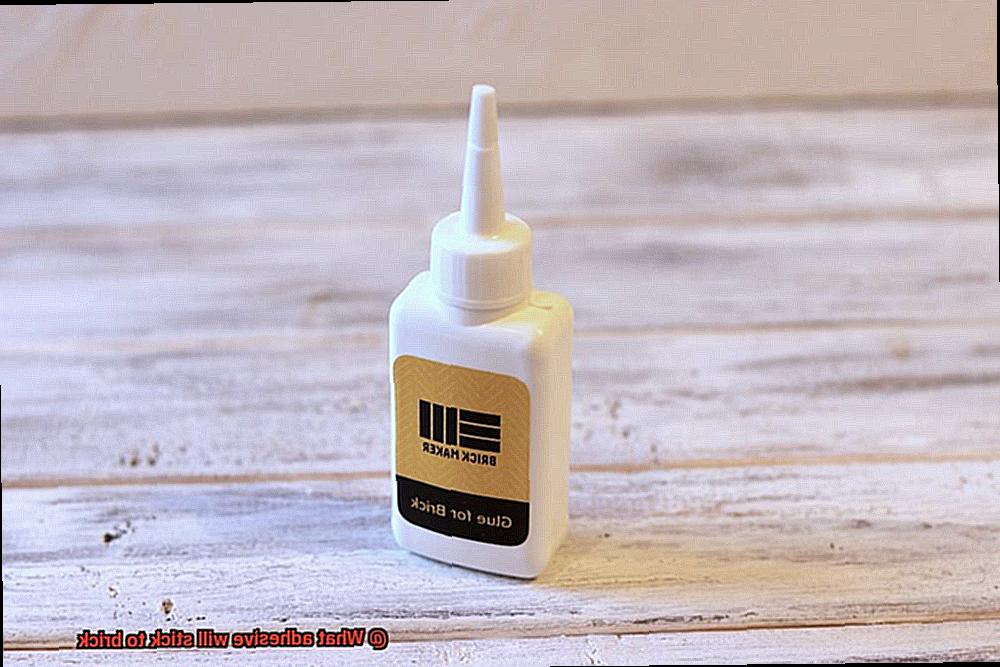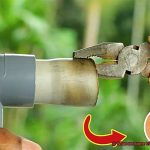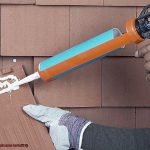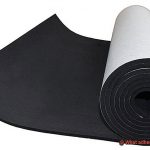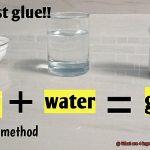Ever encountered the headache of trying to hang something on a brick wall without drilling? We’ve got your back.
Brick can be a tough nut to crack, but fear not, we’ve got the perfect solution. In this blog post, we’ll take you on a journey through the magical realm of adhesives and uncover which ones have what it takes to stick to that coarse and textured surface.
So, grab your go-to cup of joe (or tea.) and prepare yourself for an enlightening lesson on the top-notch adhesives for those stubborn bricks.
Let’s get sticking.
What is Brick?
Contents
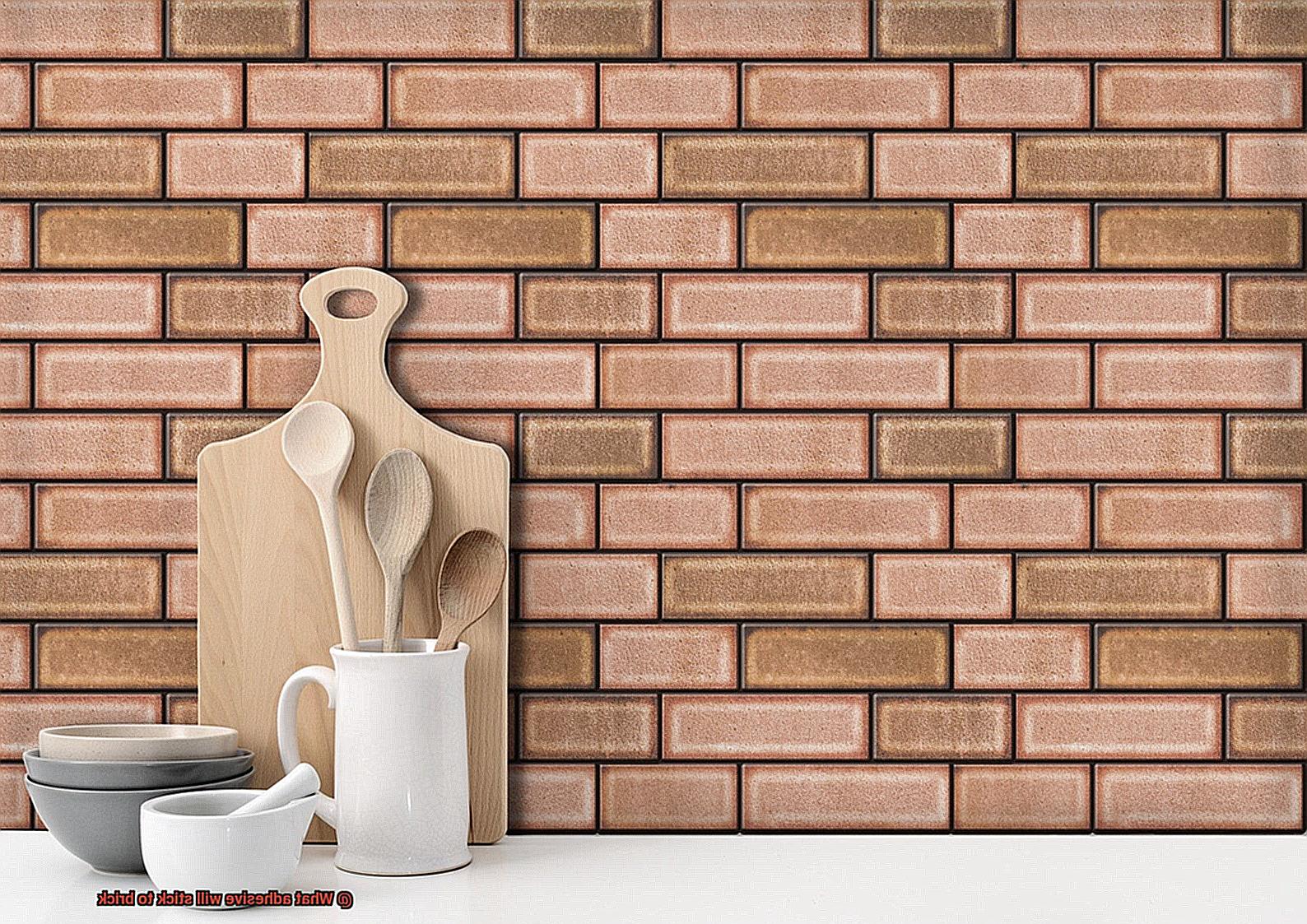
Brick is an ancient construction material that has withstood the test of time, serving as a foundational element in various building projects throughout history. Crafted from a combination of clay or shale, sand, lime, and water, bricks are formed through a meticulous process of firing in a kiln at high temperatures. This intense heat transforms the raw materials into a solid and durable product capable of enduring the harshest elements while providing vital structural support.
Bricks possess a remarkable array of characteristics that contribute to their widespread use and appeal. Here are some key points to consider:
- Size and Shape: Bricks offer designers unparalleled flexibility due to their availability in diverse sizes, shapes, and colors. While the standard brick typically measures 8 inches long, 4 inches wide, and 2 ¾ inches thick, specialty bricks exist in varying dimensions to cater to specific architectural needs. This versatility allows for endless design possibilities.
- Porosity: A distinctive quality of bricks lies in their ability to absorb and release moisture. This inherent porosity enables bricks to regulate humidity levels within buildings, making them an ideal choice for both insulation and ventilation purposes. Additionally, this characteristic contributes to their thermal mass properties, allowing bricks to store and slowly release heat, ensuring a comfortable indoor temperature.
- Aesthetic Appeal: Beyond their functional attributes, bricks are highly sought after for their aesthetic allure. With their natural earth tones, bricks bestow structures with a warm and timeless ambiance, making them equally suitable for traditional and contemporary designs. Bricks can be left bare or adorned with various finishes like paint or mortar to enhance their appearance while safeguarding against weathering.
- Strength and Durability: Bricks are renowned for their robustness and resistance to fire and extreme weather conditions. Throughout history, buildings constructed from bricks have stood tall for centuries, showcasing the material’s exceptional durability. Bricks also possess excellent sound insulation properties when employed in walls.
- Versatility: Bricks find utility across a wide range of construction projects, from residential homes to commercial buildings. They are suitable for both load-bearing and non-load-bearing walls, as well as for exterior and interior applications. Additionally, bricks can be employed in landscaping endeavors, such as the creation of retaining walls or decorative features.
Types of Adhesives for Bonding Brick
When it comes to bonding brick together, there are a variety of adhesives to choose from. Each type of adhesive has its own unique properties and benefits, so it’s important to select the right one for your specific project. Let’s explore five different types of adhesives commonly used for bonding brick:
Cement-based adhesive
This type of adhesive is made from a mixture of cement, sand, and water. It is specifically designed to provide a strong bond that can withstand heavy loads and pressure. Cement-based adhesives are commonly used in construction projects due to their durability and resistance to moisture and temperature changes.
Epoxy adhesive: Epoxy adhesives consist of two components: a resin and a hardener.
Polyurethane adhesive
Known for its flexibility and versatility, polyurethane adhesive is a popular choice for bonding brick. It is capable of bonding different types of materials together and provides a strong bond that can withstand movement and vibrations. This makes it suitable for bonding bricks in areas with high traffic or seismic activity.
Silicone adhesive
Silicone adhesives are known for their flexibility, durability, and resistance to moisture. They create a watertight seal while effectively bonding bricks together. Silicone adhesives are available in various forms, such as paste-like consistency, and can be applied using a caulking gun or trowel.
Construction adhesive
Specifically formulated for bonding bricks, construction adhesives provide a strong bond that is resistant to environmental factors such as moisture, temperature changes, and vibrations. They are often used in construction projects where traditional mortar may not be suitable or practical. Construction adhesives come in different formulations, such as polyurethane-based or acrylic-based, offering versatility and ease of use.
Construction Adhesive
Construction adhesive is a powerful glue specifically designed to bond materials in construction projects. It plays a crucial role in joining bricks, concrete blocks, and other masonry materials together. This adhesive is typically applied in a liquid or paste form and then cures to create an incredibly strong and durable bond.
When it comes to selecting the right construction adhesive for brick, there are several important factors to consider. One of the most critical factors is weather resistance. Bricks are constantly exposed to harsh outdoor conditions like extreme temperatures, moisture, and UV rays. Therefore, the adhesive used needs to be able to withstand these elements and resist their damaging effects.
Flexibility is another key consideration. Bricks can experience movement or expansion due to environmental factors or structural changes. To ensure a long-lasting bond, it is essential to choose an adhesive that is flexible enough to accommodate these movements without losing its grip.
Durability is also crucial. You want the bond between your bricks to stand the test of time. Selecting an adhesive that offers good chemical resistance, impact resistance, and overall strength will help ensure the durability of the bond.
Proper surface preparation is vital for a successful bond between bricks. The surfaces should be clean, dry, and free from dust or debris. Some adhesives may require the use of a primer to enhance adhesion. It is important to carefully follow the manufacturer’s instructions for proper application and curing time.
There are different types of construction adhesives available for bonding bricks. Polyurethane-based adhesives are known for their excellent weather resistance and flexibility. Epoxy adhesives provide high-strength bonds and chemical resistance but may not be as flexible. Acrylic-based adhesives offer fast curing times and initial bond strength but may not have the same level of weather resistance as polyurethane or epoxy adhesives.
Epoxy Adhesive
Epoxy adhesive is a remarkable substance that offers a strong and durable bond, making it an excellent choice for sticking materials to brick. Its unique composition consists of two components – a resin and a hardener – which must be thoroughly mixed together before use. Once applied to the brick surface, the epoxy adhesive penetrates the porous material, creating a robust bond as it cures.
What sets epoxy adhesive apart from other adhesives is its exceptional strength and resistance. It can withstand impact, heat, chemicals, and weathering, making it ideal for outdoor applications on brick surfaces. However, it’s crucial to select an epoxy adhesive specifically designed for bonding to brick, as not all formulations are suitable for this purpose.
Before applying the epoxy adhesive, it’s essential to prepare the brick surface by ensuring it is clean and free from any dust, dirt, grease, or contaminants. Once applied, the epoxy adhesive should be left to cure for several hours to achieve maximum strength.
One advantage of epoxy adhesives is that they are available in different colors, allowing for a seamless and aesthetically pleasing bond on brick surfaces. It’s also recommended to test the adhesive on a small area of the brick surface before applying it more broadly to ensure compatibility and proper adhesion.
Polyurethane Adhesive
Polyurethane adhesive is a powerful and versatile adhesive commonly used for bonding various materials, including brick. Its exceptional bonding strength and unique properties make it an ideal choice for a wide range of applications. Here’s what you need to know about polyurethane adhesive and its application on brick surfaces.
Firstly, let’s talk about the bonding strength of polyurethane adhesive. When applied to brick, it forms a strong and durable bond that can withstand heavy loads and extreme weather conditions. The adhesive creates a chemical bond with the brick material, ensuring a secure connection that will stand the test of time.
In addition to its bonding strength, polyurethane adhesive offers excellent flexibility. It can accommodate the natural movements and expansion/contraction of the brick, preventing cracks or damage to the bond over time. This flexibility is crucial as it allows the adhesive to adapt to changes in temperature and structural shifts without compromising the integrity of the bond.
Another key advantage of polyurethane adhesive is its waterproof properties. It is highly resistant to water and moisture, making it an ideal choice for outdoor applications on brick surfaces. When applied, it creates a waterproof seal that effectively prevents water infiltration and protects the bond from degradation even in harsh weather conditions.
To achieve optimal results when working with polyurethane adhesive on brick, it is essential to follow proper application procedures. Before applying the adhesive, ensure that the brick surface is clean and free from dust, dirt, or any other contaminants that may compromise the bond. The adhesive is typically applied using a caulking gun or trowel, depending on the specific requirements of the project.
It’s worth noting that polyurethane adhesive has a relatively longer drying time compared to other types of adhesives. The curing process typically takes several hours and may vary depending on factors such as temperature and humidity. To ensure a successful bond, it is crucial to follow the manufacturer’s instructions regarding drying time.
Polyurethane adhesive is also compatible with various other materials commonly used with brick, such as wood, metal, concrete, and stone. This compatibility makes it suitable for bonding different elements together in construction or repair projects involving brick structures.
When working with polyurethane adhesive, it is important to prioritize safety. The adhesive may contain chemicals that can irritate the skin or eyes, so wearing protective gloves and goggles is recommended. Additionally, adequate ventilation should be ensured during application to minimize exposure to fumes.
Application Instructions for Different Adhesives
Selecting the right adhesive and following the application instructions carefully is essential for bonding brick surfaces effectively. Each type of adhesive, such as epoxy, construction adhesive, mortar, and silicone adhesive, has its unique characteristics and benefits. By preparing the surface, mixing and applying the adhesive correctly, and allowing sufficient curing or drying time, you can achieve a strong and long-lasting bond on brick surfaces.
It is important to note that safety precautions should be taken during the application process. This includes wearing protective gloves and goggles, working in a well-ventilated area, and following the manufacturer’s instructions closely.
Additionally, proper surface preparation is crucial for a successful bond. Ensure that the brick surface is clean, dry, and free from any contaminants or loose particles before applying the adhesive. Taking care with alignment and pressure during application will also contribute to a secure bond. Using clamps or supports to hold the bonded pieces together until the adhesive has fully cured can further enhance the strength of the bond.
Testing the Bond Before Applying the Adhesive
Testing the bond before applying the adhesive is an essential step in ensuring a strong and durable connection between the adhesive and the brick surface. It’s like a handshake – you want to make sure it’s firm and reliable before sealing the deal.
To test the bond, start by conducting a small-scale trial on a sample piece of brick. Apply a small amount of adhesive and let it cure according to the manufacturer’s instructions. Once cured, put it to the test. Apply pressure or try to separate the adhesive from the brick. Don’t be gentle – give it a good tug.
During the testing process, keep your eyes peeled for any signs of failure or weak bonding. If the adhesive easily gives way or shows signs of inadequate adhesion, it might not be the right fit for your specific surface. Remember, not all adhesives are created equal, and different types of bricks may require different bonds.
Consider the compatibility of the adhesive with your specific brick type. Some bricks are more porous, have different textures, or are made of varying compositions. These factors can affect how well an adhesive sticks to them. So, test multiple adhesives on different types of bricks to find the one that provides the strongest and most reliable bond.
Don’t forget about temperature resistance and durability. Some adhesives perform well under normal conditions but crumble under extreme heat or moisture. To avoid future headaches, choose an adhesive specifically designed for outdoor use or one with high-temperature resistance if necessary.
And here’s a pro-tip: look out for those specially formulated adhesives made just for bonding bricks. They’re like superheroes in a tube. Labeled as “brick adhesives” or “masonry adhesives,” they pack a punch when it comes to adhesion and durability on brick surfaces. Testing these specialized adhesives can give you peace of mind knowing they’re tailor-made for this purpose.
mA-xRl0Bzmo” >
Conclusion
In conclusion, the quest for the perfect adhesive to stick to brick may seem daunting, but fear not. Armed with the right knowledge and understanding, you can forge an unbreakable bond that will withstand the trials of time. Throughout this article, we’ve delved into a treasure trove of adhesives, each with its own unique strengths and properties that make them ideal for bonding brick surfaces.
Enter cement-based adhesive – a stalwart in the world of construction. Known for its unwavering durability and resistance to moisture and temperature changes, it’s the go-to choice for heavy-duty projects. Need something even stronger? Look no further than epoxy adhesive. With exceptional strength and resistance, it’s tailor-made for outdoor applications on brick surfaces.
Behold the mighty polyurethane adhesive – a true chameleon in the adhesive kingdom. Boasting excellent bonding strength, flexibility, and waterproof properties, it adapts effortlessly to various materials like a master of disguise. And let us not forget about silicone adhesive – the epitome of flexibility, durability, and moisture resistance.
If you’re seeking an adhesive specifically formulated for bonding bricks, look no further than construction adhesive. Crafted with bricks in mind, it offers unparalleled resistance against environmental factors such as moisture and temperature changes.
When selecting your adhesive sidekick for your brick-bonding adventures, be sure to consider factors like weather resistance, flexibility, durability, surface preparation, and compatibility with different types of bricks. And don’t forget the importance of proper application procedures and safety precautions – they’re your trusty allies in ensuring a successful bond.
Before embarking on your grand bonding expedition, put your chosen adhesive through its paces by conducting small-scale trials on sample pieces of brick. This will unveil its true compatibility and strength when faced with your specific surface.
So gather your tools and summon your inner DIY warrior – armed with these guidelines and specialized adhesives designed for brick bonding, you’re ready to conquer any project with confidence. Forge a bond that will stand the test of time and leave your mark on the world of brickwork.

